Animals That Live In Utah
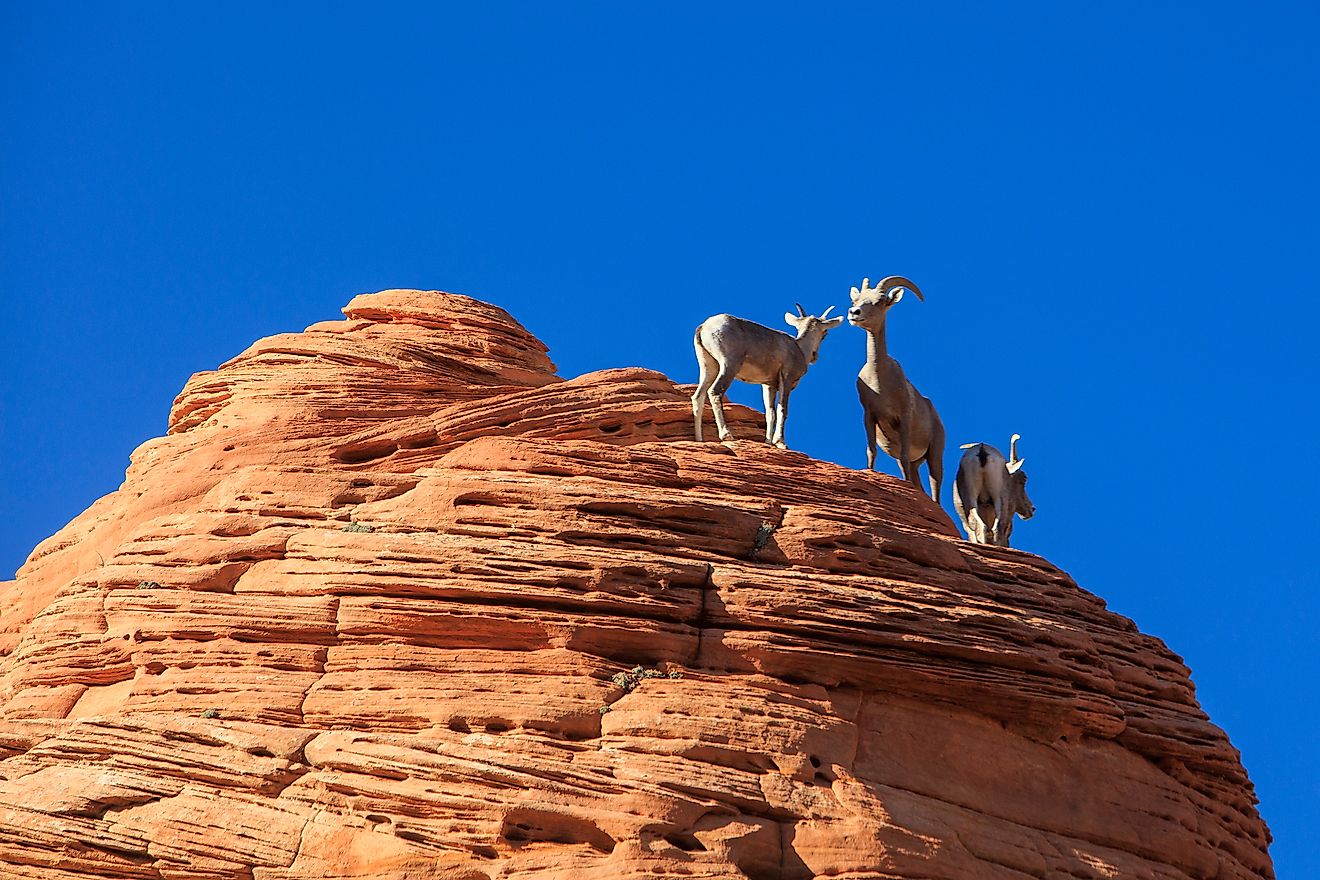
Utah is a state in the western region of the United States. The state is home to more than 600 different species of mammals, birds, fish, reptiles, and amphibians. Mammals are the most abundant animal species in the state since they exist in almost all regions. Mammal species include the likes of mule deer, brown bear, mountain goat, pronghorn, wood bison, black bear, Canada lynx, long-tailed weasel, gray wolf, and many more. Insect species include the likes of the rare Coral Pink Sand Dunes tiger beetle, Africanized honeybees, the white-lined sphinx moth, and others.
11. Flying Squirrels
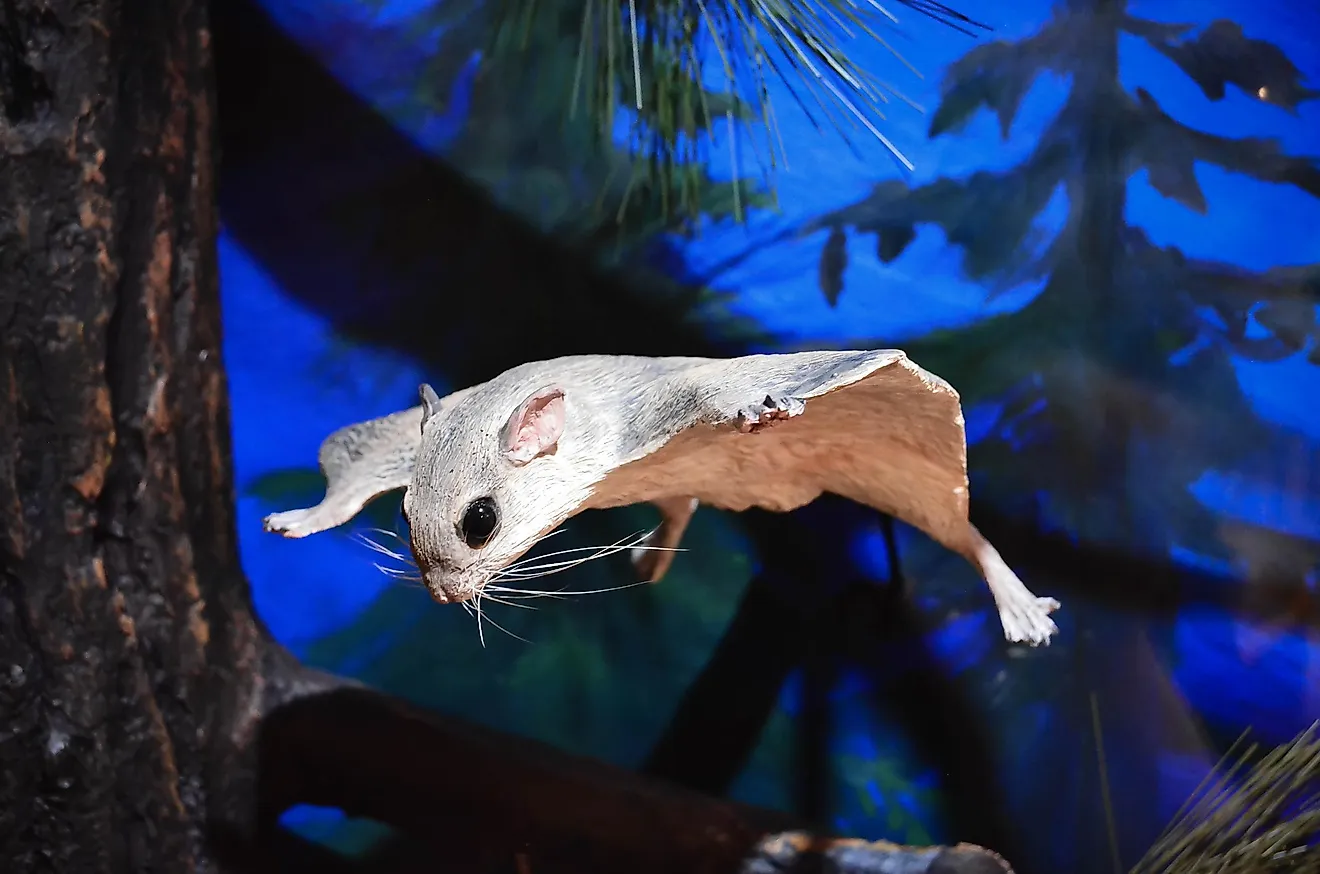
Their name is slightly deceptive because they don't actually fly but glide through the air via patagium. The patagium is found in all gliding mammals such as sugar gliders & colugos, and extended between the limbs however it's not as specialized as in true flyers (bats). The northern flying squirrel is found in the coniferous forests through the mountains in Utah. They are difficult to spot as they generally hang out in treetops and are nocturnal.
10. Gray wolf
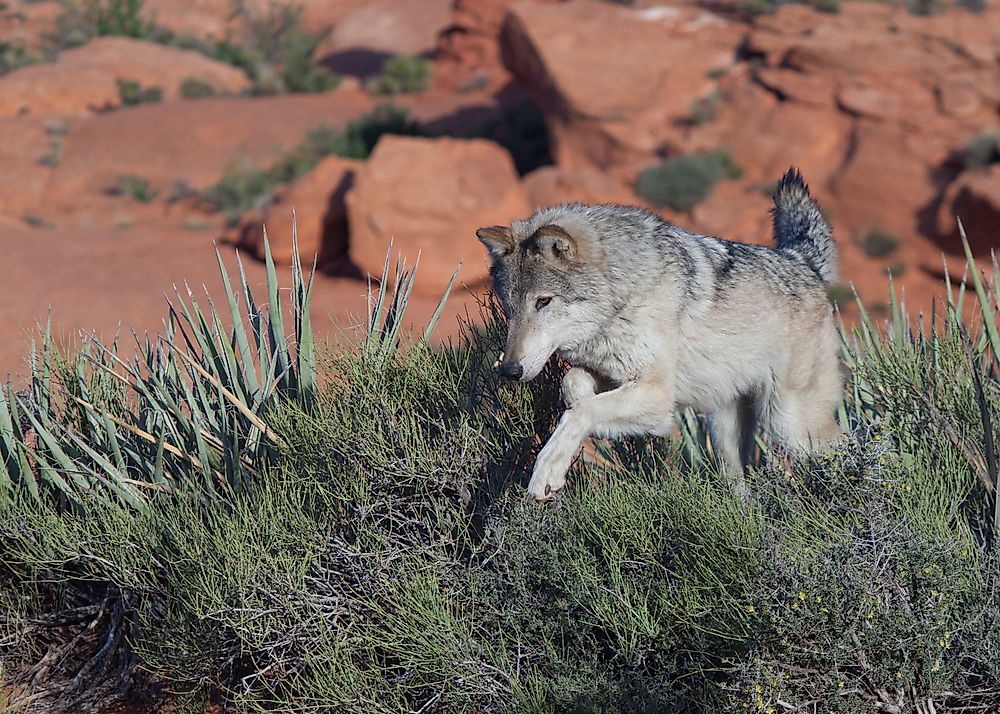
Scientific name “Canis lupus,” the gray wolf is a canine that has its roots in North America and Eurasia. Among members of its family that are still existent today, this wolf is the largest with an average weight of between 95 and 99 pounds for males while the females average between 79 and 85 pounds. The wolf has long and bushy winter fur that is usually a speckled gray with a few being purely white, brown, red, or black. In its genus, the gray wolf is one of the most specialized apex predators after the Ethiopian wolf. Tigers and humans are the only species in its range that threaten this hunter.
9. Coyote
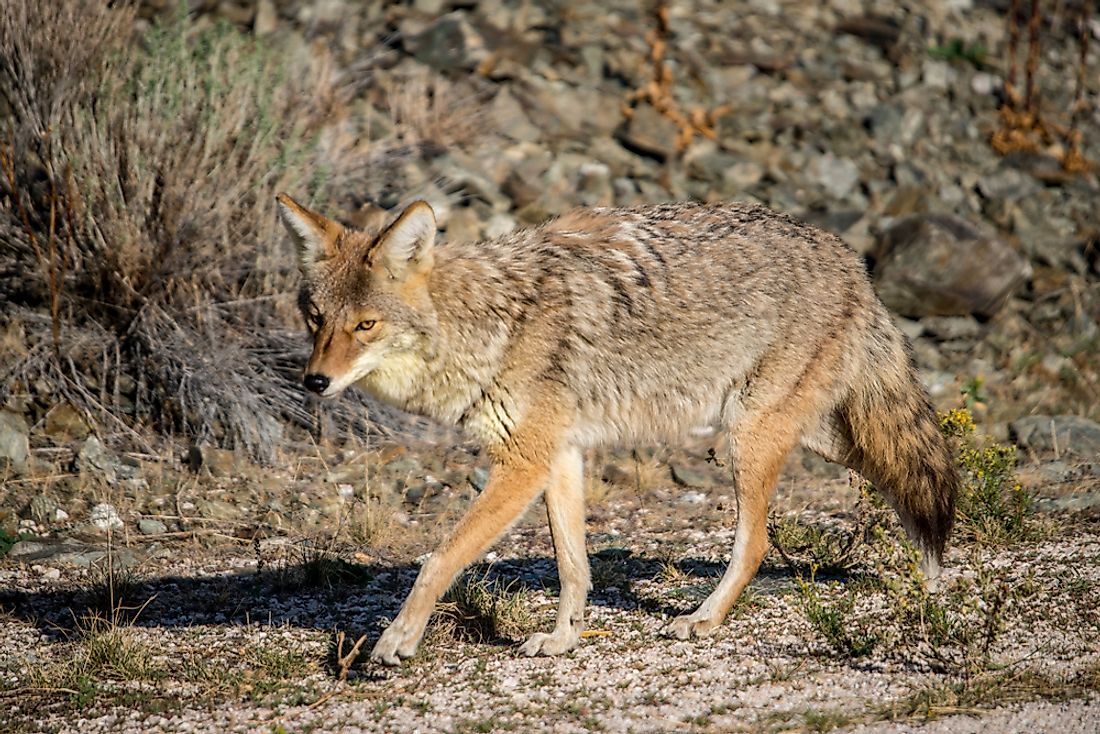
Native to North America, the coyote is a canine that has relations to the much larger gray wolf. Due to its widespread and expanding presence, there is no danger of the species becoming extinct. The male averages between 18 and 44 pounds in weight while females average between 15 and 40 pounds. The majority of coyotes have red and light gray fur.
8. Badger
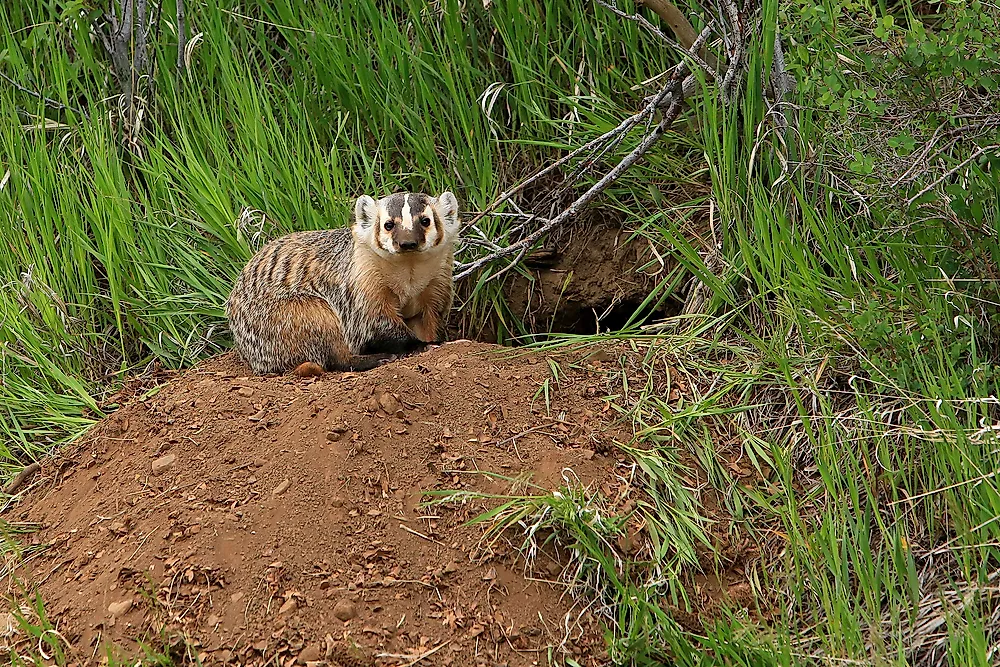
The American badger is native to North America and has some resemblance to the European badger. The animals prefer to live in open grasslands full of food like mice and squirrels. As is the case with most badgers, the badger found in Utah has a stocky body with a low center of gravity and powerful legs with huge fore claws that may be up to two inches. Their bodies have an average length of between 23.5 and 29.5 inches with the males being slightly larger. Average weight ranges from 14 to 16 pounds for females while the males average about 19 pounds. The coat is usually brown, white, or black except for the head.
7. Wood bison (Mountain Bison)
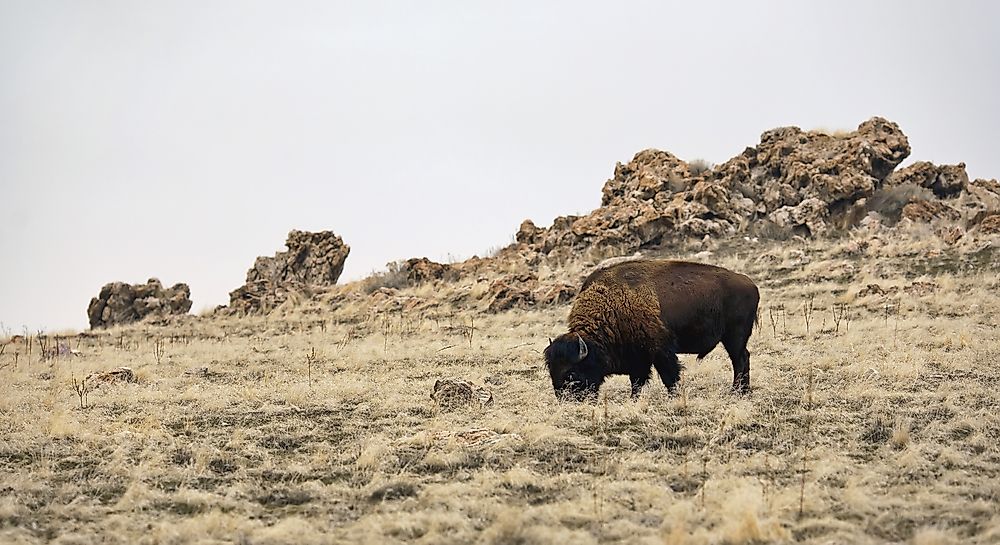
Also called the mountain bison, this mammal is larger compared to the plains bison. Large males have an average weight of about 2,000 pounds, which makes it the biggest land animal in North America. The horn cores of the wood bison are larger, their pelages woollier and darker, and have considerably less hair on their beards and forelegs. Due to hunting and risk of pollution from breeding with plains bison, the authorities are taking steps to ensure their preservation.
6. Elk
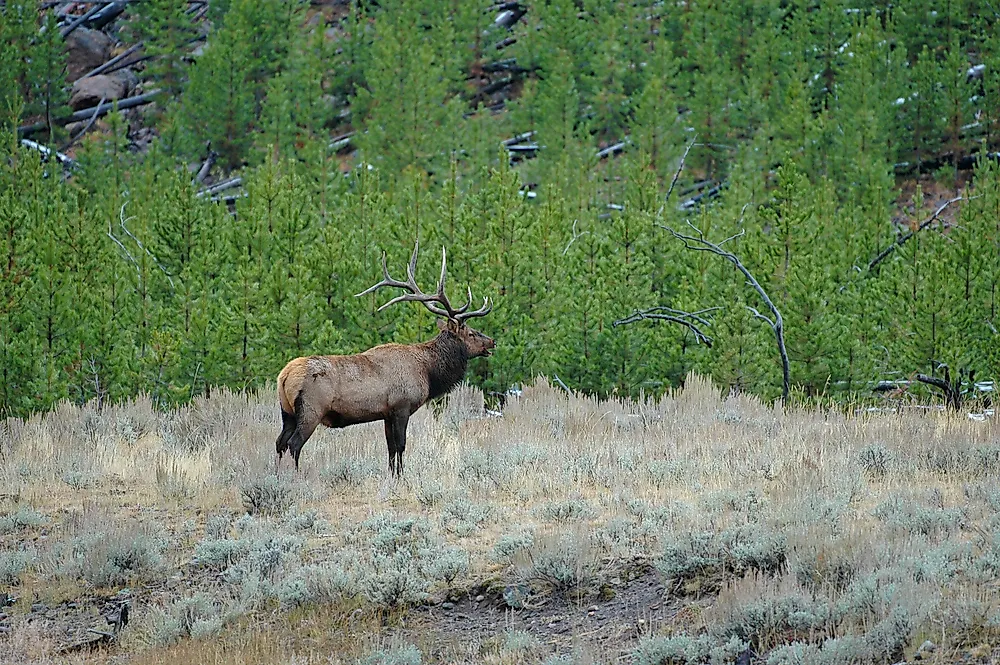
The elk is among the biggest mammals in the deer family. Among land mammals in Eastern Asia and North America, it one of the biggest. Elks prefer living in forests or the edges of forests in places where there is plenty of grass, leaves, and other forms of food. The males feature the characteristic antlers that are shed each year. During the summer, the animals feed continuously on about 8.8 to 15.4 pounds of vegetation every day. Females average between 496 and 531 pounds in weight, 4.3 feet tall, and a length of about 6.9 feet. The males, at maturity, are about 40% larger.
5. Moose
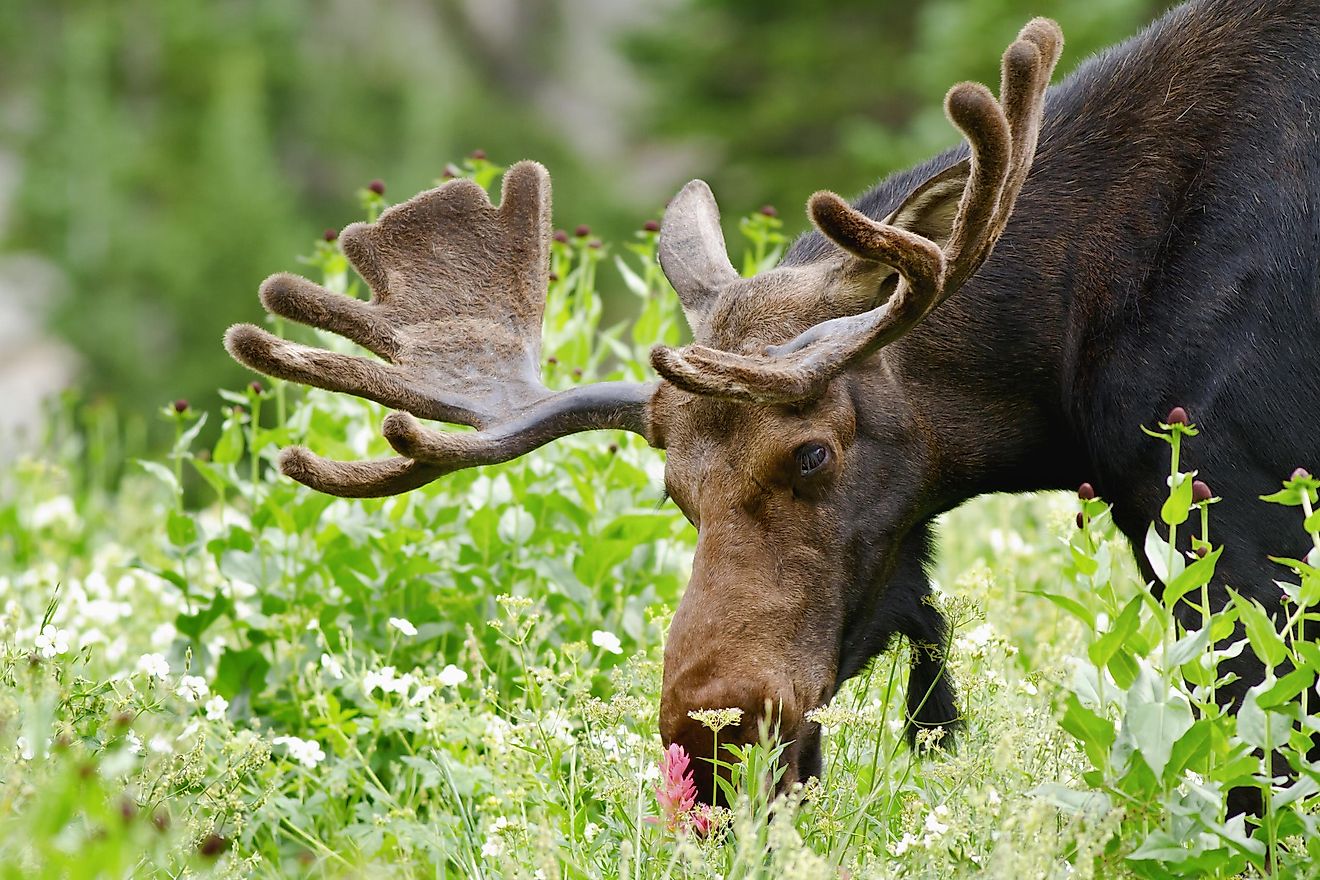
The moose is similar to the elk but larger. In fact, it is the largest animal in the deer family. The characteristic broad and open-hand shaped antlers featured by the males help to differentiate them from other members of the same family who feature twig-like antlers. Their habitats are usually protected from predators and extreme weather and are full of edible vegetation such as shrubs and young trees. An adult has a height of between 4.6 and 6.9 feet with an average weight of between 838 and 1,543 pounds for males. Females average between 441 and 1,080 pounds. Their lengths average between 7.9 and 1.2 feet with a short tail adding a maximum of five inches.
4. Mountain lion
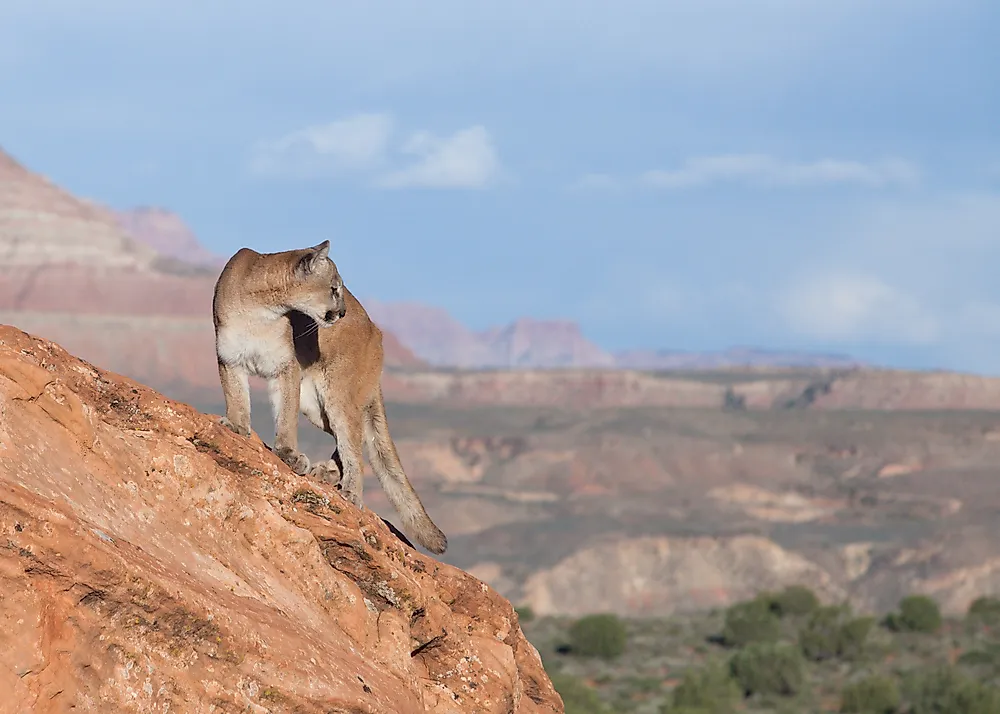
Also called the cougar, the mountain lion is a feline indigenous to the Americas. The animal is highly adaptive with a mysterious and solitary behavior. Most experts agree that it is both crepuscular and nocturnal and has a close relation to smaller felines like the ordinary domestic cat. Hunting by ambush, this predator eats any animal that finds its way into its mouth. Males usually weigh between 117 and 220 pounds while females weigh between 64 and 141 pounds. Their size gradually increases as one moves away from the equator.
3. Desert tortoise
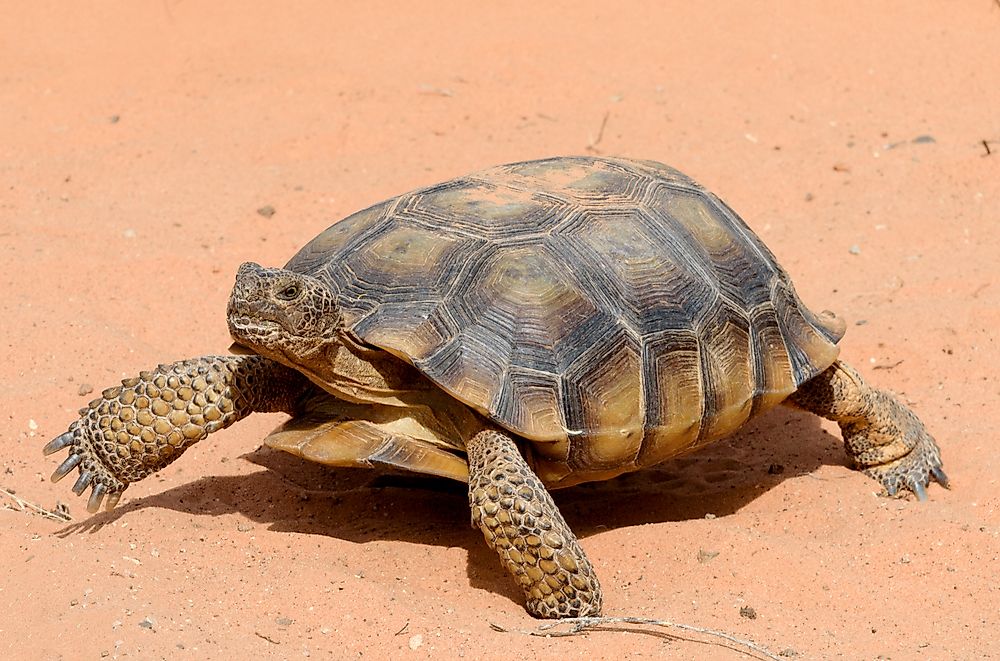
The desert tortoise averages between 10 and 14 inches long and weigh between 0.044 and 11.023 pounds. Its front limbs are adapted for digging with sharp claws. These animals are known to inhabit places with temperatures higher than 140 °F. To escape the heat, they dig burrows where they spend about 95% of their lives. They are dormant in the winter.
2. Gila monster
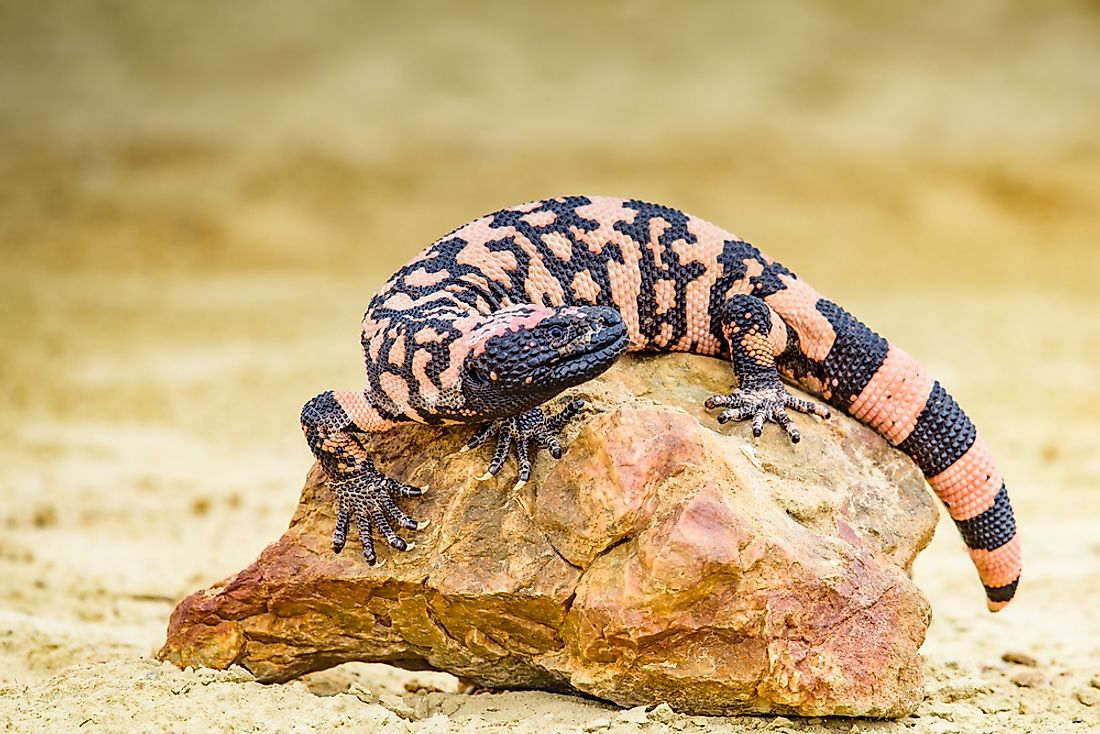
The gila monster is a slow-moving venomous lizard that is about two feet long. The largest of these monsters may get to 22 inches in length and weigh between 0.77 and 1.54 pounds. Reports suggest that the largest can weigh up to 5.1 pounds. The reptile feeds on small birds, smaller insects, and others. The animal lives in burrows, scrublands, under rocks, and places where they have access to water.
1. American bullfrog
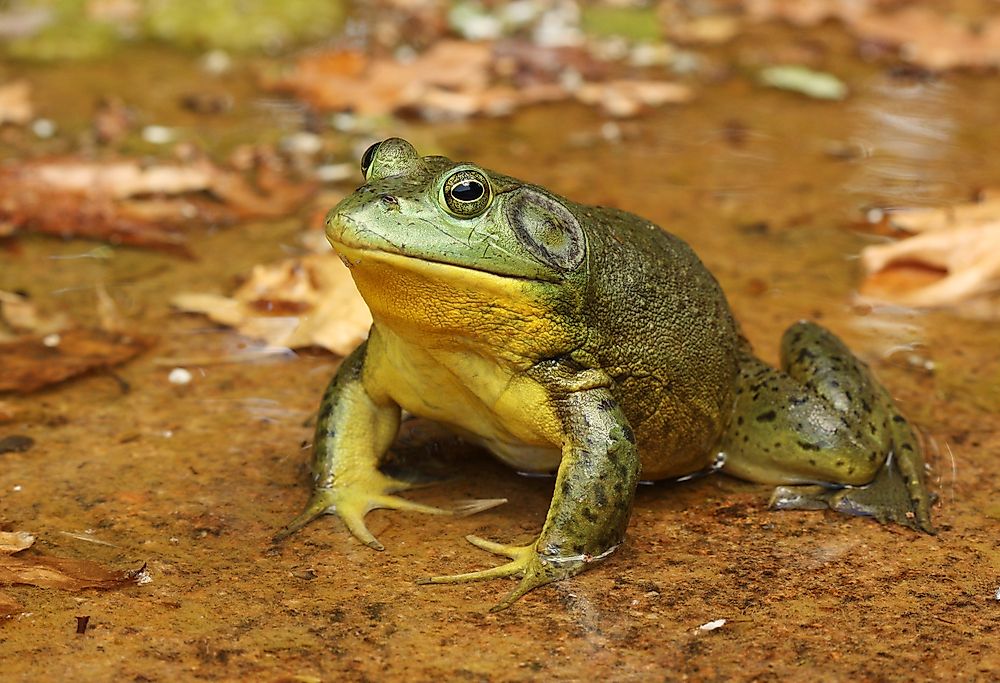
This frog features brown markings on the sides, an olive green back, and a whitish belly with gray or yellow spots. Males are known by their yellow throats. Their gray-blotched limbs are shorter and sturdier in the front while the hind ones are longer. The bullfrog prefers permanent water bodies like lakes. The frogs may have a weight of up to 1.1 pounds when mature and have a length of between 3.6 and 6 inches.











